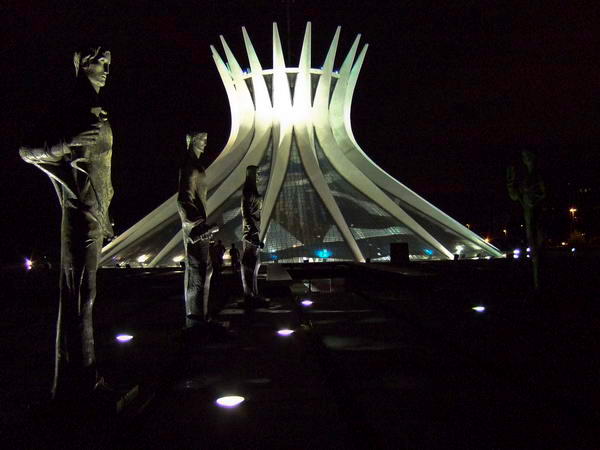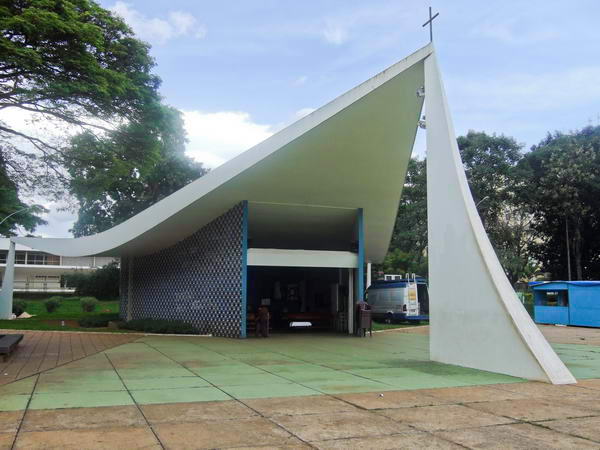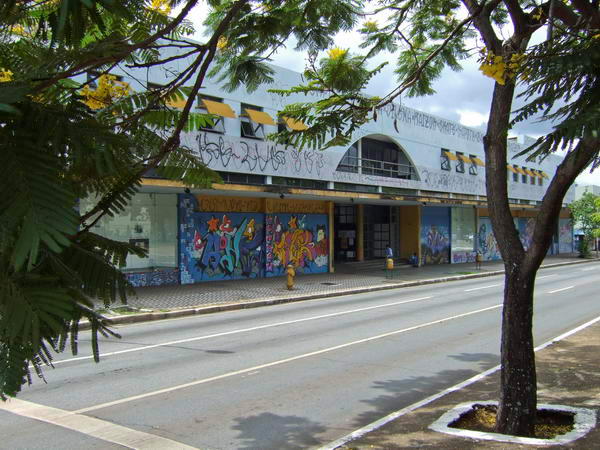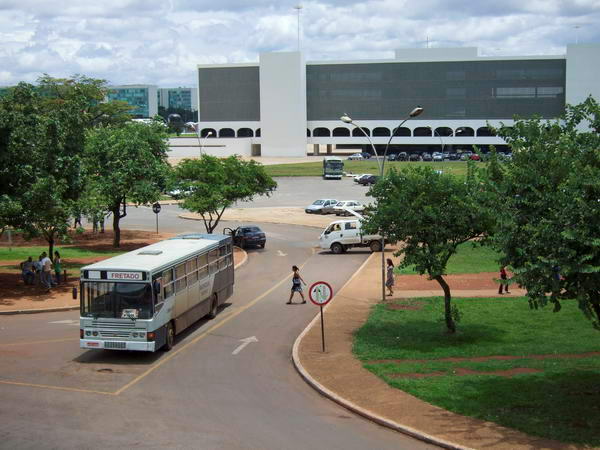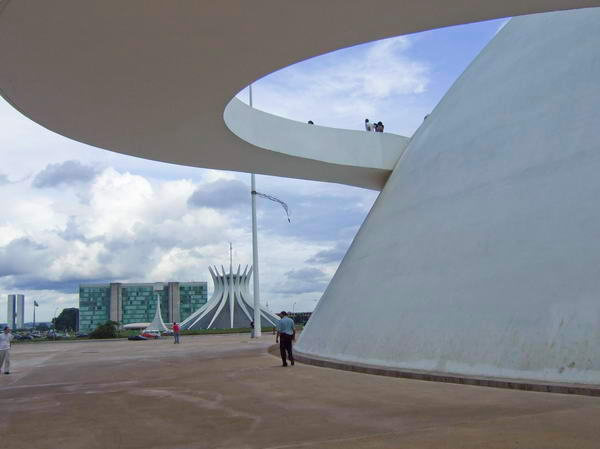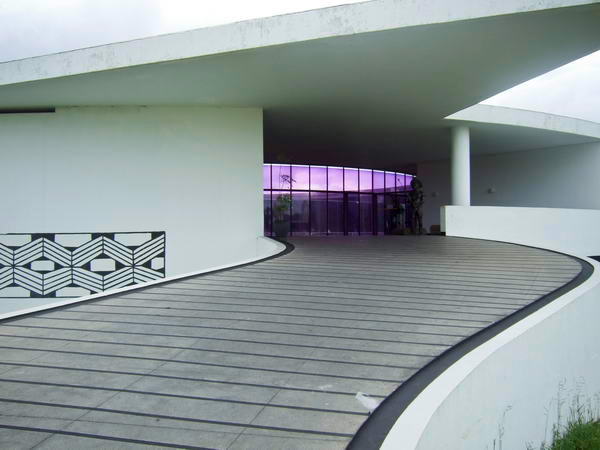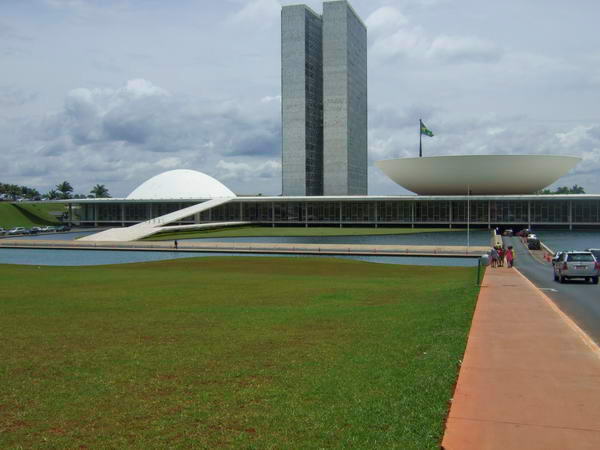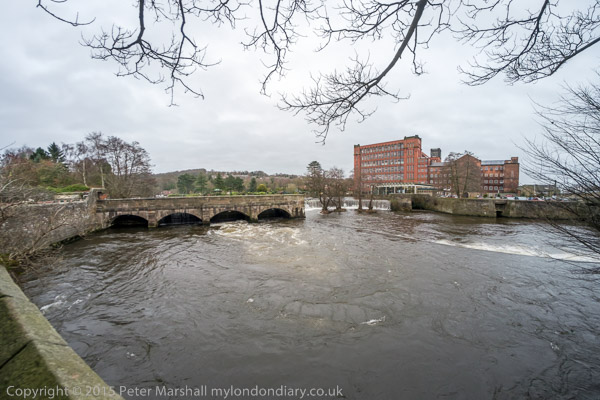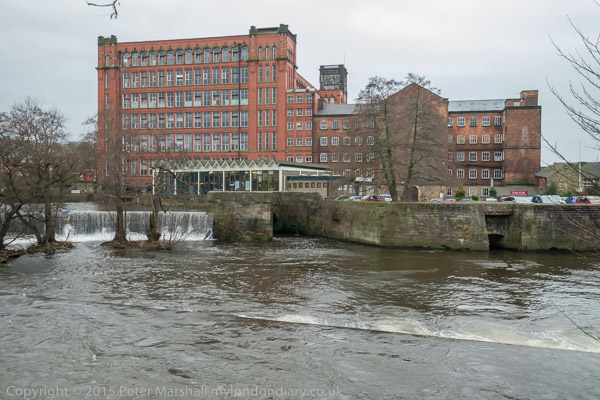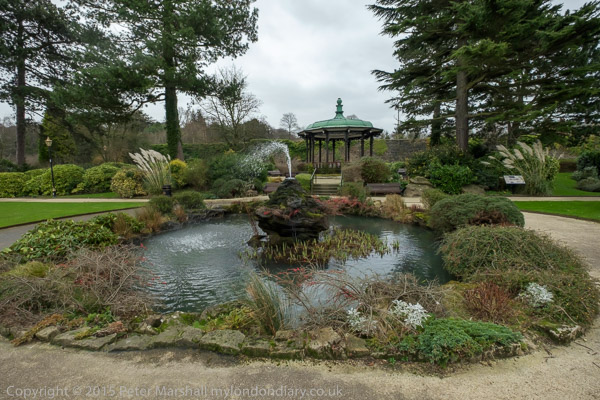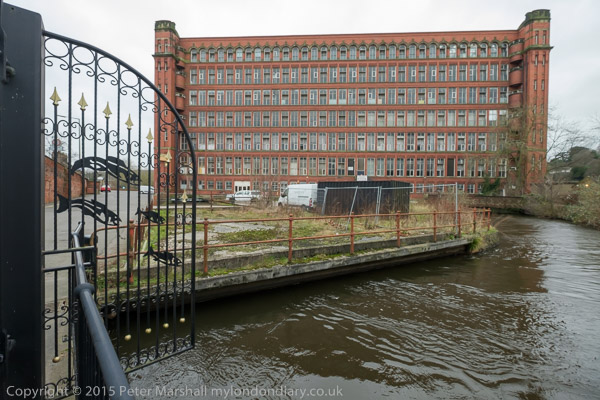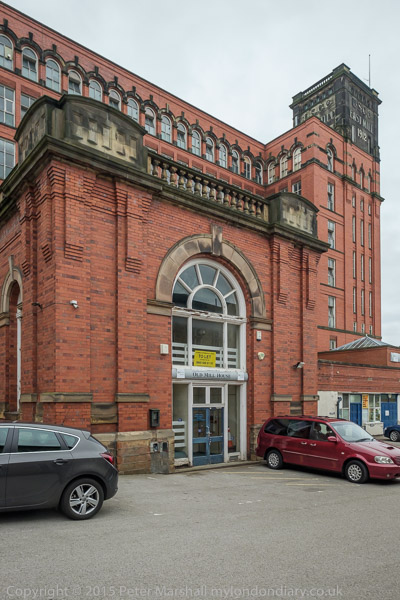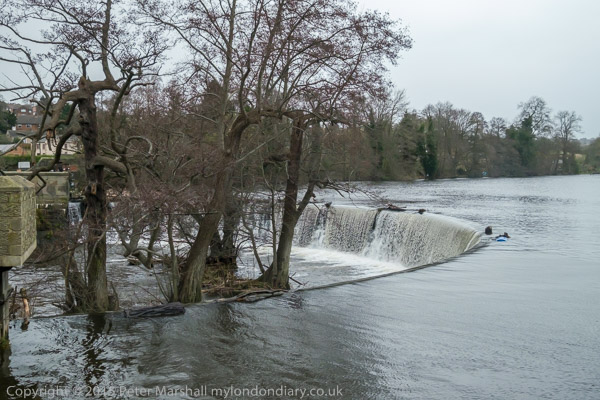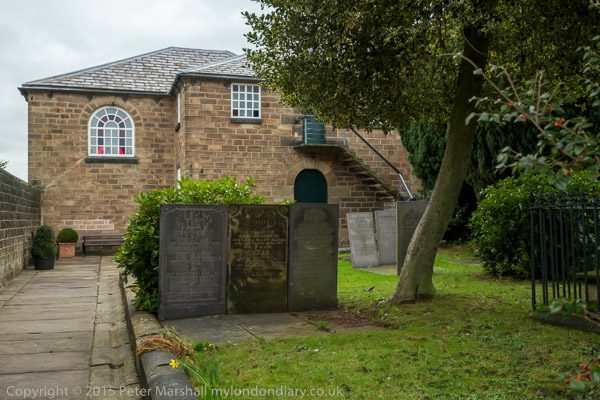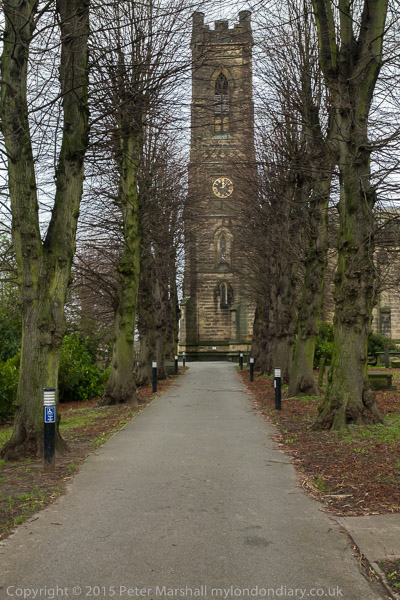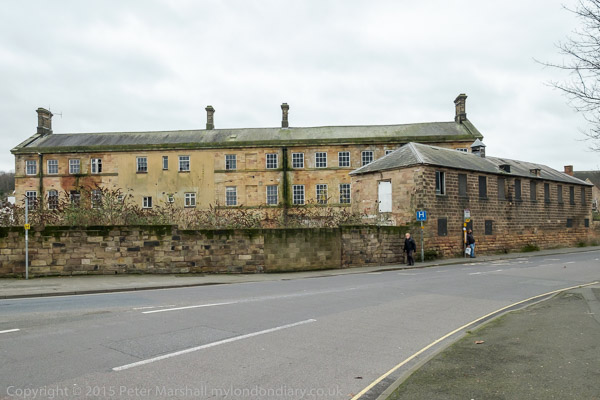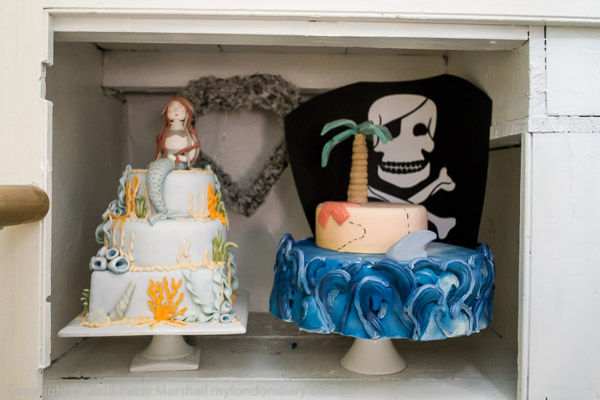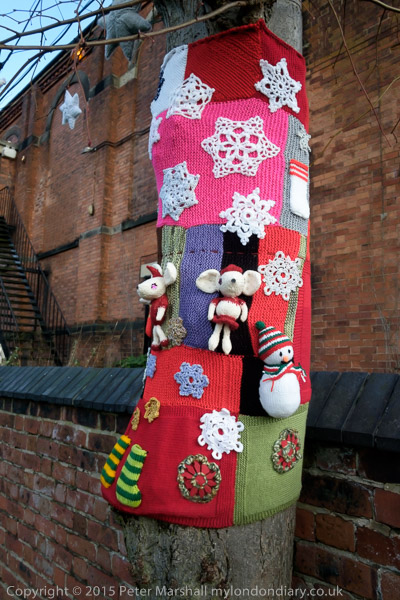Tigers, Class War at Harrods: On Saturday 7th January 2017 I photographed a rally in Altab Ali Park in Whitechapel against a planned coal-fired power plant and other threats to the world’s largest mangrove forest, then went to Harrods where the United Voices of the World were protesting with the help of Class War calling for better wages and conditions for waiters and for them to get all of the tips given by customers.
Save the Sunderbans Global Protest – Altab Ali Park
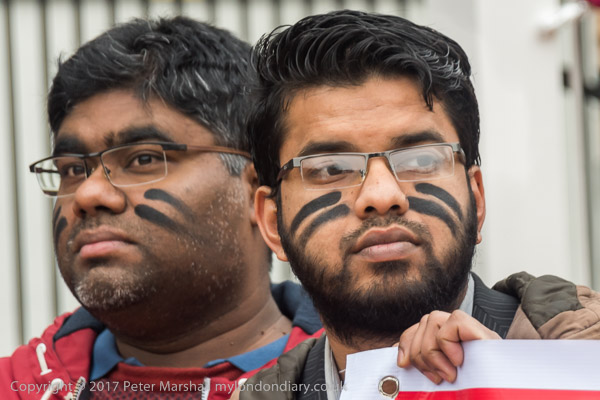
This protest in East London organised by the UK branch of the National Committee to Protect Oil Gas & Mineral Resources, Bangladesh was a part of a global day of protest to save the Sunderbans, the world’s largest mangrove forest.
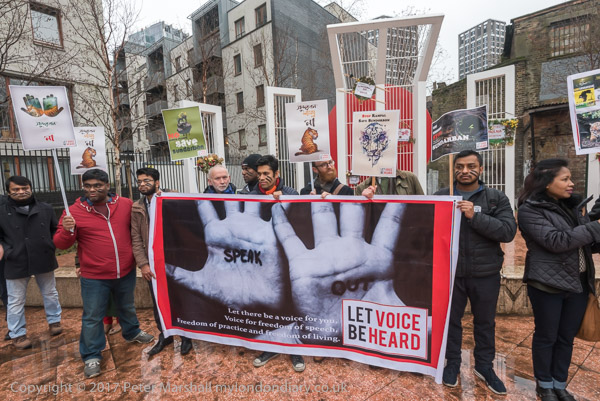
The Sunderbans, a UNESCO World Heritage site threatened by the planned Rampal coal-fired power plant and other commercial developments are the home of many species including the Bengal Tiger, and many at the protest had ‘tiger stripes’ on their cheeks.
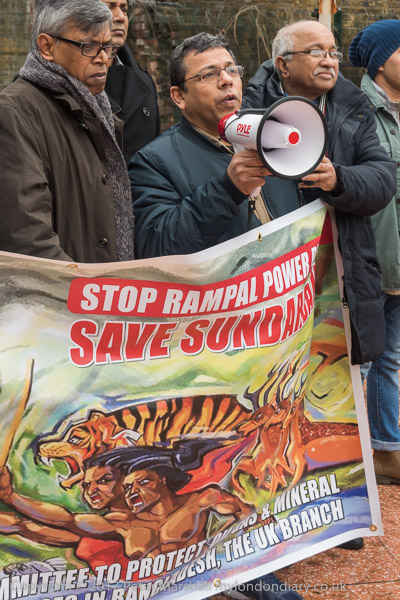
The power plant is a joint project of the Bangladesh and Indian governments and would endanger the livelihoods of over 3.5 million people and make around 50 million more vulnerable to storms and cyclones, against which the Sunderbans serve as a natural safeguard. Coal would be brought up from India on one of the rivers through the forest and there would be industrial development on areas around it where this is currently banned.
Huge protests against it in Bangladesh have resulted in a number of protesters being killed, but the protest in London was entirely peaceful and ignored by the authorities.
Save the Sunderbans Global Protest
Harrods stop stealing waiters’ tips – Harrods, Knightsbridge
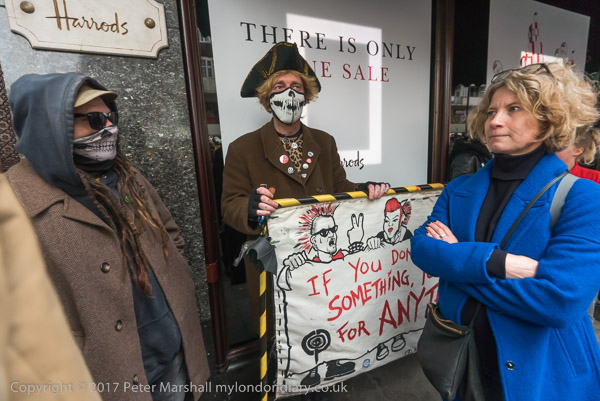
Grass roots trade union United Voices of the World which represents chefs and waiters working at Harrods protested outside together with Class War calling for 100% of the service charges to go to staff rather than the vast profits of the owners, the Qatari royal family, who were denying staff of around £2.5 million per year.
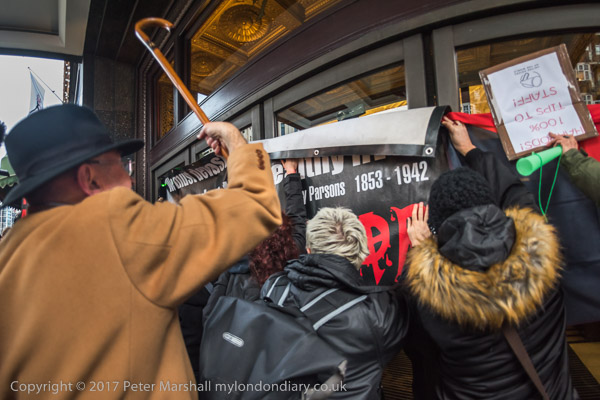
A month earlier I had been there when UVW General Secretary Petros Elia had talked with Class War celebrating Christmas in a pub in Wapping about what was happening at Harrods. The company was keeping between 50-75% of all tips for itself and the UVW were going there to protest against this on January 7th. Class War were keen to come and lend their support.
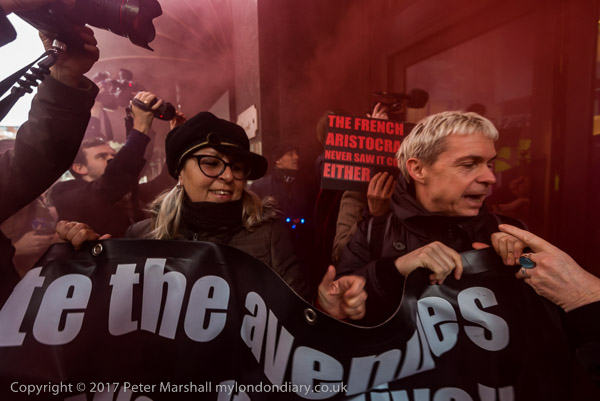
The protest was robust but essentially peaceful, and was heavily policed with the protesters being warned they would be charged with aggravated trespass if they entered the store. A few individuals had gone inside earlier and had left fliers about the low wages and lousy conditions of the chefs and waiters for shoppers to find but their activities had not been noticed but the protest took place on the pavement and street outside.
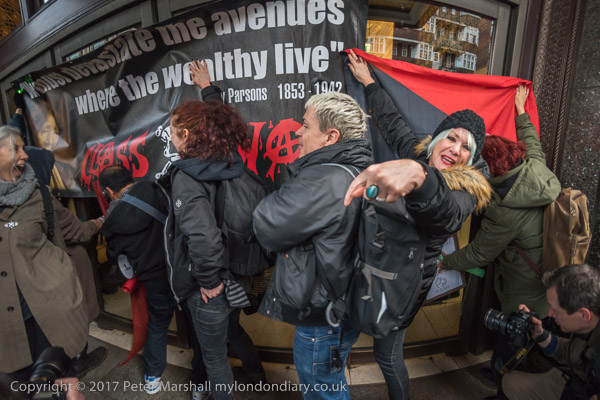
There were a few arrests during the protest for trivial offences – including one for letting off a smoke flare, but after the protest ended and I had left, police arrested four of the organisers – including Petros Elia – as they were packing up and held them for up to 18 hours before they were released on police bail.
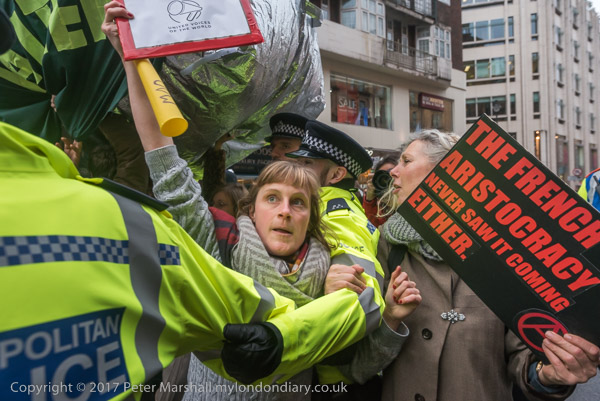
No charges were ever brought, though one person who let off a firework unwisely accepted a police caution. The police action in making the arrests appeared to be a deliberate abuse of the law to both apply a short period of arbitrary detention and to impose bail conditions that they were not to go within 50m of Harrods to protect the company from further legitimate protests.
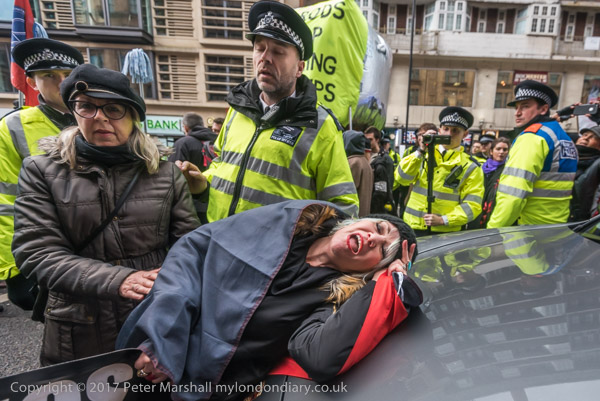
Harrods and their owners, the Qatari royal family, have many friends in high places including the Foreign Office and presumably these were able to put pressure on the police to take action against the protesters.
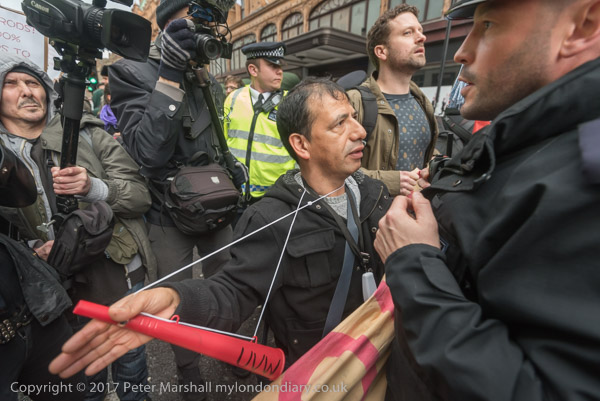
The campaign – and the protest – received tremendous support from the public and even from some of the right-wing press (perhaps because Harrods is owned by foreigners) and Harrods quickly announced that 100% of tips would be shared under an accountable system. You can read more and watch a five minute video of the protest on the UVW web site.
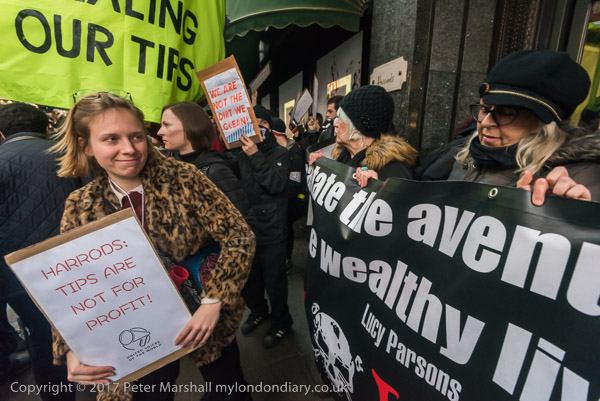
And of course see many more of my pictures and captions at Harrods stop stealing waiters’ tips.
Flickr – Facebook – My London Diary – Hull Photos – Lea Valley – Paris
London’s Industrial Heritage – London Photos
All photographs on this page are copyright © Peter Marshall.
Contact me to buy prints or licence to reproduce.
